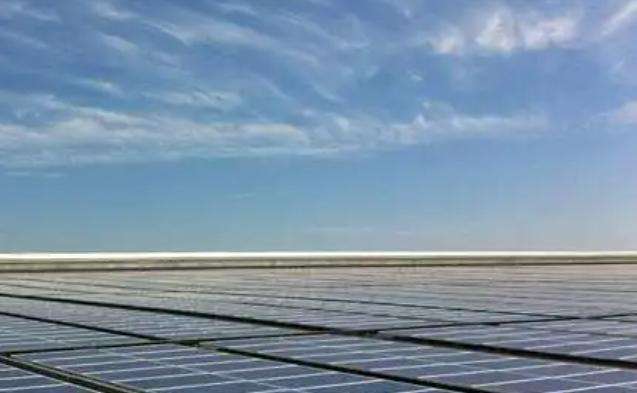There is only one difference between the 224K capacitor and the 224J capacitor:
The K of the 224K capacitor represents level II, and the capacitance error range is ±10% of J; the 224J capacitor represents level I, and the capacitance error range is ±5%.
The first three numbers also have special meanings. The third number indicates the magnification. The number obtained by multiplying the first two digits by 10 raised to the power of the third digit is the capacitance of the capacitor, for example. like 224 It is 22*10 to the fourth power = 220000PF, and the following letters indicate the error range.
Detailed information:
Precision capacitors have smaller allowable errors, while electrolytic capacitors have larger errors and use different error levels.
Are the precision levels of commonly used capacitors expressed in the same way as resistors? They are represented by letters:
1 level D--005 - ±0.5%
p>< p>2. F--Level 01--±1%3. G--Level 02--±2%
4. --± 5%
5. K--Level II--±10%
6. M--Level III--±20%
Baidu Encyclopedia - SMD Adjustable Capacitor
Excess wind energy cannot be stored with capacitors because the cost is too high and the technology for storing electrical energy using capacitors is not yet mature. At present, supercapacitors are still concept products, with a limited range of applications andcost constraints that prevent their large-scale use.
1. Advantages and Disadvantages of Wind EnergyWind energy resources are large in quantity and high quality, and wind energy has outstanding advantages. As a clean energy source, wind power is environmentally friendly and pollution-free. Wind energy production does not harm the environment and is very respectful of ecological development and natural landscapes. Wind power generation has unique advantages in various power generation methods. The construction of a wind farm can be considered a once-and-for-all success and a huge profit. However, the disadvantages are also obvious. The wind force is unstable and unpredictable, the output voltage fluctuates, and the power produced by the wind turbine is also unstable, which affects the power quality after it is connected.on to the network. Voltage fluctuations affect industrial and agricultural production. In order to reduce the negative impact on production and service life after wind power is connected to the grid, wind power generally needs to be equipped with batteries, rectifiers and inverters.
2. Capacitor StorageCapacitors used to store electrical energy are called supercapacitors, also called gold capacitors. Gold capacitors are an electrochemical component developed in the 1970s and 1980s to store electrical energy. Unlike batteries, no chemical reactions occur during the electrical energy storage process. Its charging and discharging principle is different from ordinary devices. Capacitors use two plates to absorb equal amounts of different charges.
The particularity of supercapacitors is that thanks to the porous electrodeDue to the activated carbon and the structure of the electrolyte, the capacitor produced has a very large capacity and can accommodate a large amount of charge. Compared to conventional batteries, supercapacitors charge extremely quickly and have strong high-current discharge capabilities. However, due to cost constraints and technical reasons, they cannot yet be promoted and used on a large scale. It is therefore impossible to store electrical energy for the production of wind energy.
In summary, wind power, as a clean and environmentally friendly method of producing energy, has both advantages and disadvantages. Although supercapacitors have great advantages in electrical energy storage, the technology is not yet mature enough to be widely used, so it cannot be used for energy-efficient storage of electrical energy.e wind turbine.














